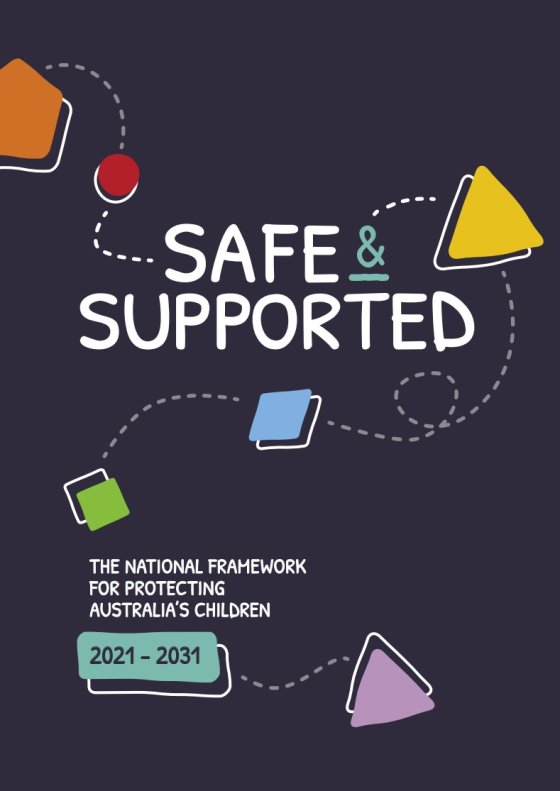Child protection in Australia
Australian children and young people should:
- grow up safe and supported
- be free from harm and neglect
- feel connected to their family, community and culture
- have the right to grow up in an environment that helps them reach their full potential.
We all need to work together to support children and young people. This is particularly important for the vulnerable and disadvantaged.
State and territory governments are responsible for the care and protection of children experiencing, or at-risk of experiencing, abuse and neglect. Safe and Supported: the National Framework for Protecting Australia’s Children 2021-2031 (Safe and Supported) aims to reduce child abuse and neglect, and its inter-generational impacts.
Safe and Supported aims to reduce the rate of child abuse and neglect and its impacts across generations. It is a framework for governments, community organisations and First Nations leaders to work together to achieve this.
The National Framework for Protecting Australia’s Children 2021–2031
Supporting other initiatives
Safe and Supported links with other national initiatives to support change for Australian children, young people and families. This includes:
- National Strategy to Prevent and Respond to Child Sexual Abuse 2021-2030(Opens external website)
- National Aboriginal and Torres Strait Islander Early Childhood Strategy(Opens external website)
- National Agreement on Closing the Gap(Opens external website)
- National Plan to End Violence against Women and Children 2022-2032(Opens external website).
Safe and Supported supports the Closing the Gap Target 12(Opens external website). Target 12 aims to reduce over-representation of Aboriginal and Torres Strait Islander children in out-of-home care by 45% by 2031.
